The mummy known as “The Younger Lady”, formally identified as the mother of king Tutankhamun and full biological sister of the mummy known as KV55 (believed by some scholars to be that of Akhenaten but not officially certified).
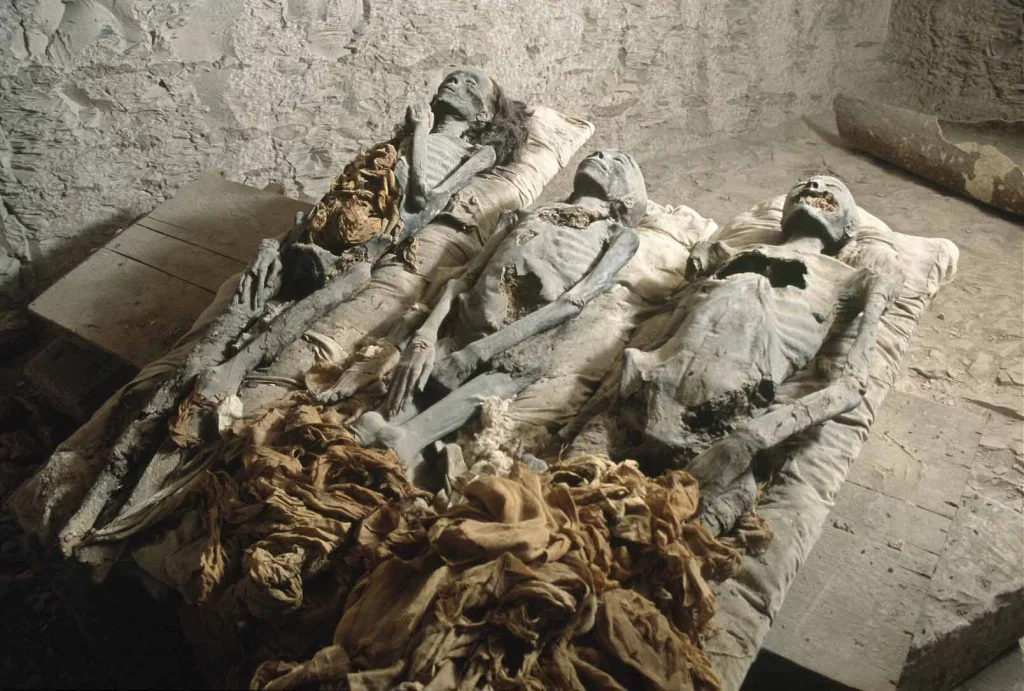
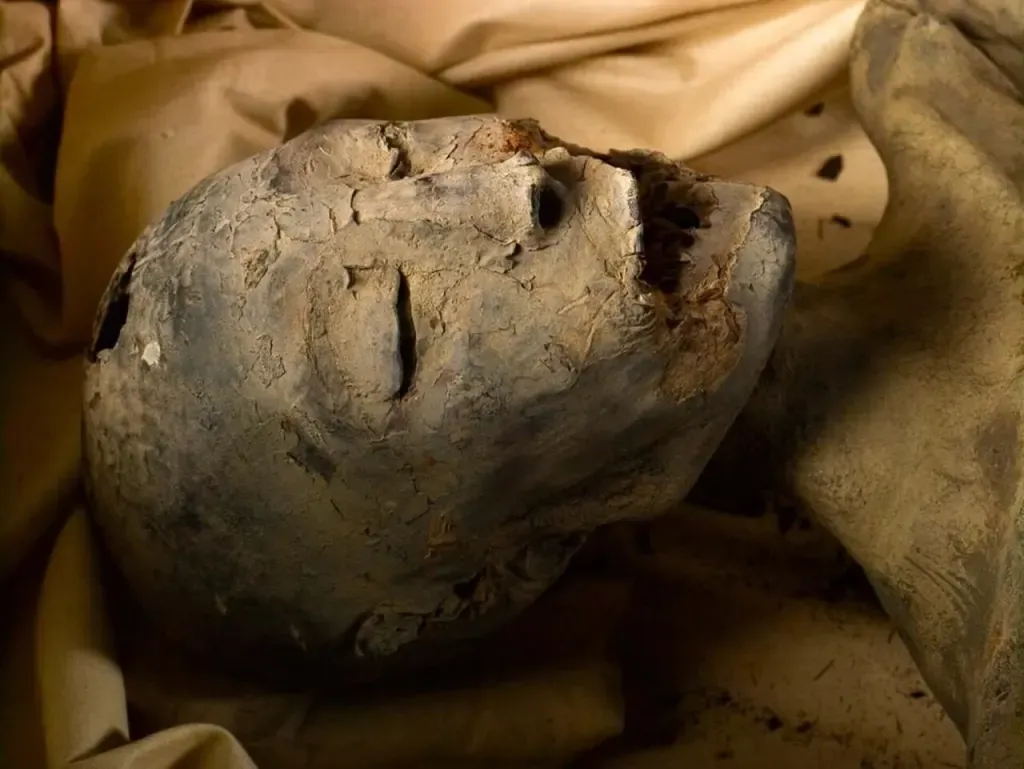
The mummy is most notable for what appears to be a wound upon her jawline, as of yet, it has never been officially determined whether this injury was caused in life (a possible fatal blow) or during a tomb robbery. She also has a large cavity upon her torso. However, the Egyptian Mummy Project seem fairly certain the wounds were made prior to death, and therefore her cause of death.
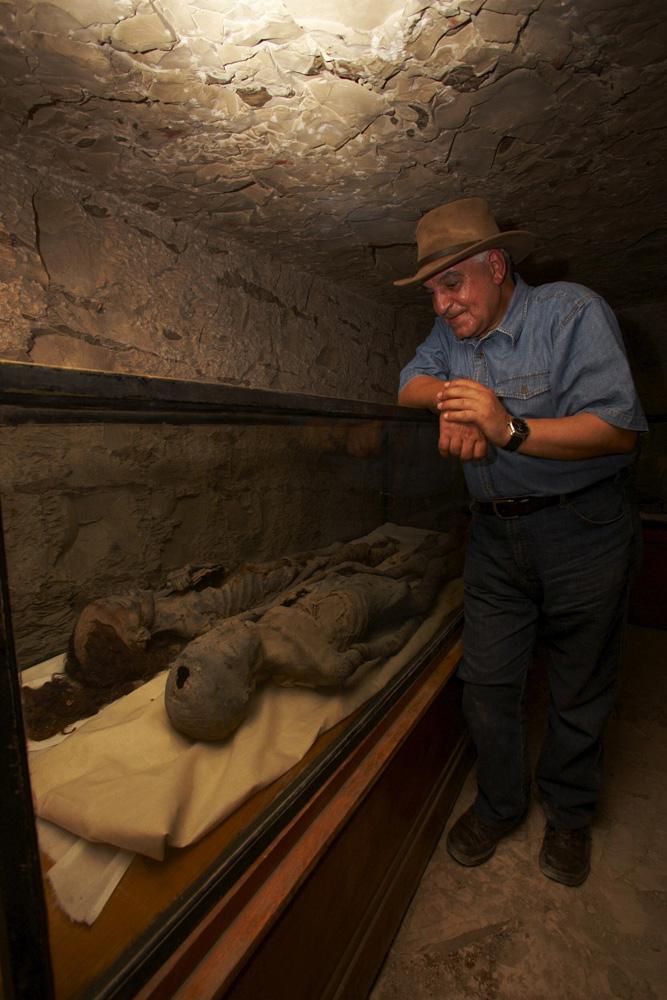
“The Younger Lady”, is a daughter of king Amenhotep III and his Great Royal Wife, Tiye. Modern analysis of “The Younger Lady” suggests she was between 25 and 35 when she died, and she measures at 158cm, making her approximately, 5ft2inches tall. Recent C.T. scans also showcased that “The Younger Lady”, like her son Tutankhamun has unerupted wisdom teeth, which is also another indicator of her dying as a young adult.
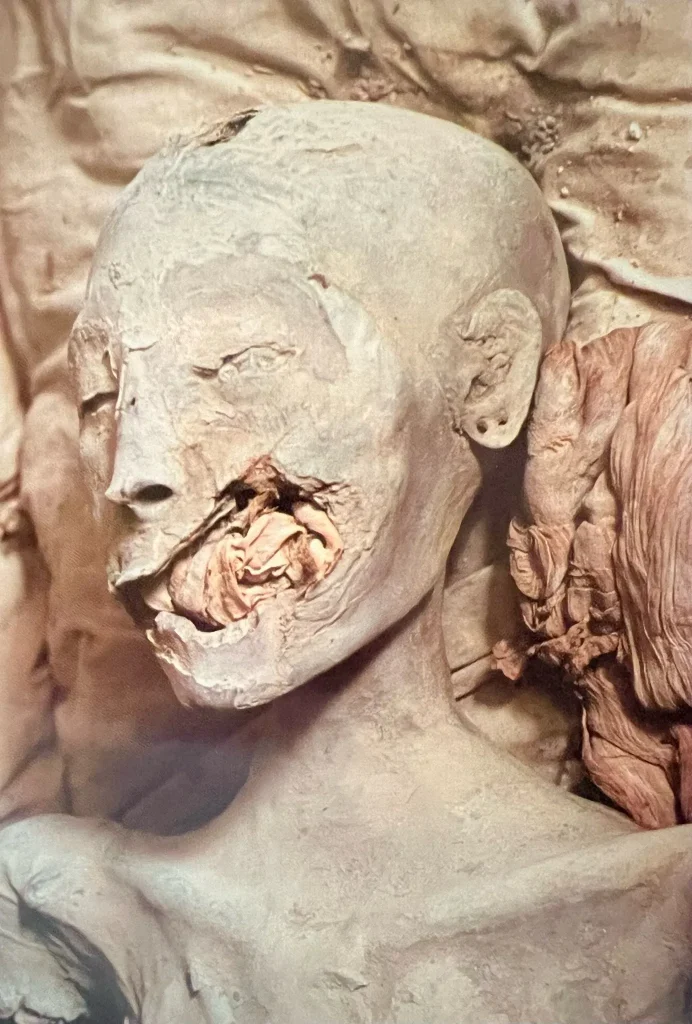
The Younger Lady and Nefertiti
“The Younger Lady”, was found in tomb (KV35) by archaeologist Victor Loret in 1898. She was laid out beside the mummy of her mother Tiye and the mummy of a young boy, possibly the young Prince Thutmose, a son of Amenhotep III and his Great Royal Wife Tiye.
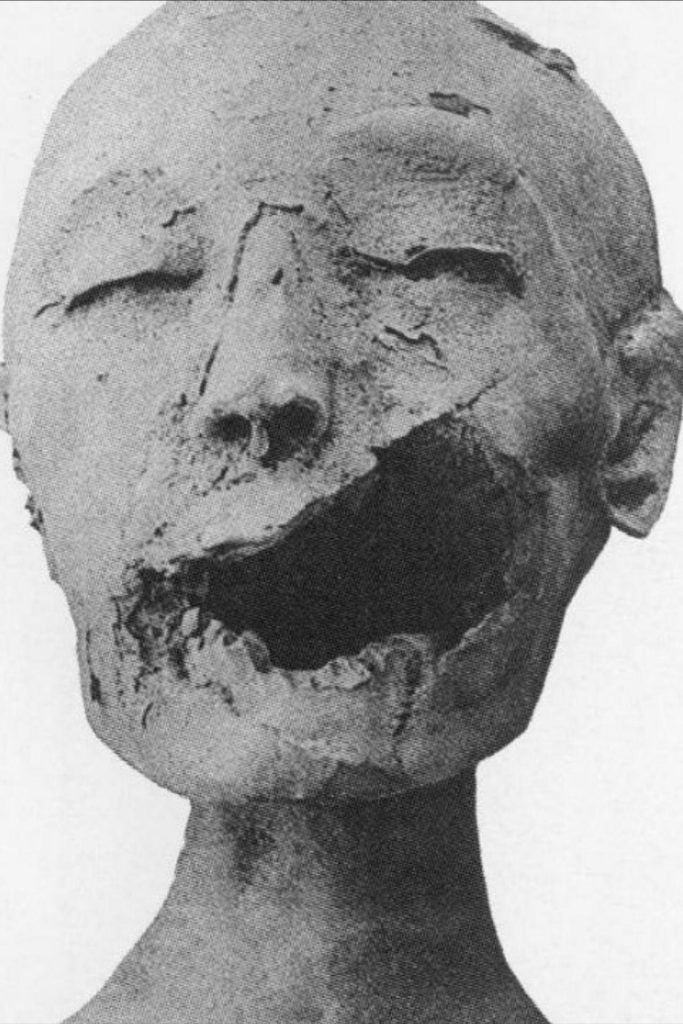
For a long while the mummy of Great Royal Wife Tiye simply went by “The Elder Lady”, until officially identified by a lock of hair buried within Tutankhamun’s tomb, labelled as the hair of his grandmother. This hair was a definite match for the natural hair upon Tiye’s mummy.
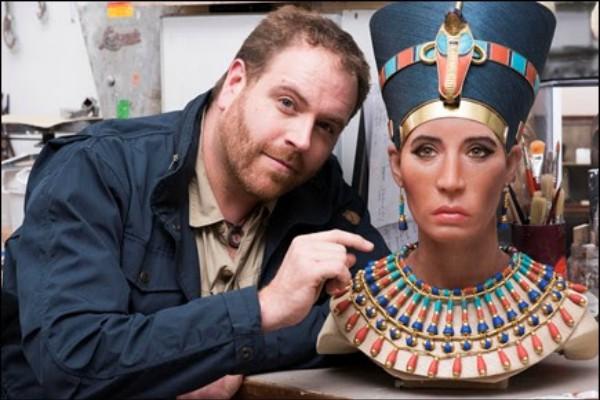
Various scholars and Egyptology lovers have theories of the identity of “The Younger Lady”, identifying her as a secondary wife of Akhenaten, Kiya, and some even propose she is Nefertiti herself, however…these are simply theories.
As of yet “The Younger Lady” has not been formally identified, other than her biological relation to the mummies of her mother Tiye, father Amenhotep III, brother (KV55) and son Tutankhamun.
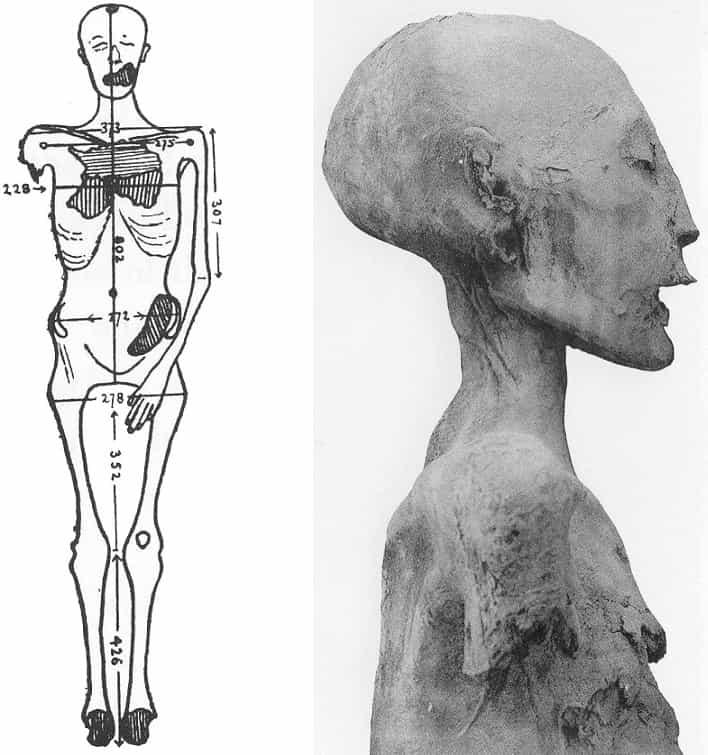
New Kingdom, 18th Dynasty, ca. 1550-1292 BC. Now in the Egyptian Museum, Cairo. CG 61072





